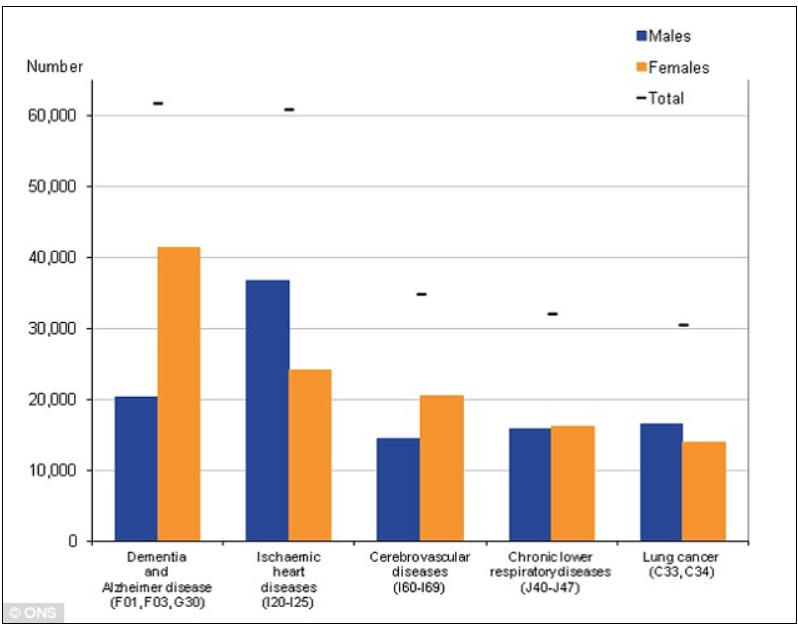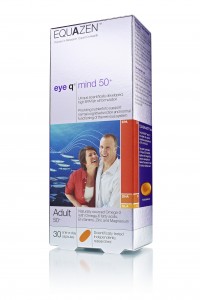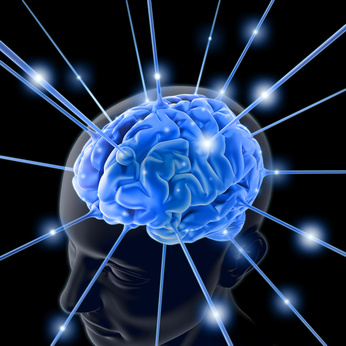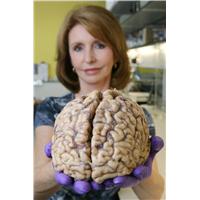
Edinburgh: People with higher intelligence test scores in childhood and early adulthood tend to live longer. This result has been found among every population that has been studied, says expert Ian Deary, Professor of Psychology, Centre for Cognitive Ageing and Cognitive Epidemiology, Department of Psychology, University of Edinburgh.
Indeed, the impact of intelligence on mortality rivals well-known risk factors for illness and death, such as high blood pressure, being overweight, high blood glucose, and high cholesterol. Its effect is almost as important as that of smoking.
Differences in human intelligence have environmental and genetic causes. An intelligence test score in early life is partly a record of what the environment has wrought on the brain and the rest of the body up to that time.
Babies who have lower birth weights, for example, are more prone to chronic illnesses later in life. They also have, on average, slightly lower intelligence. But tests of whether birth weight might explain some of the link between intelligence and mortality have found no connection.
Parents occupations are also related to their childs intelligence and later risk of illness: children from more privileged backgrounds tend to have higher intelligence and better health, and to live longer. However, there is no convincing evidence that parental background explains the link between higher intelligence and longer life.
Other researchers have viewed intelligence test scores as possibly more than just an indicator of an efficient brain. After all, the brain is just one organ of the body, so people whose brains work well in early life may also have other organs and systems that are more efficient than others.
But this system integrity idea is somewhat vague and difficult to test. The best we have done to date has been to examine whether peoples reaction speeds are related to intelligence and to mortality. They are.
Reaction-time tests involve little thinking, and merely ask people to respond as fast as they can to simple stimuli. People who react faster have, on average, higher intelligence scores and live longer.
A third potential explanation is that intelligence is about good decision-making. Every day, as we live our lives, we make decisions about our health: what, when, and how much to eat; how much exercise to take; how to look after ourselves if we have an illness; and so forth.
Therefore, the reason that intelligence and death are linked might be that people with higher intelligence in childhood make better decisions about health, and have healthier behaviours. As adults, they tend to have better diets, exercise more, gain less weight, have fewer hangovers, and so on.
So far, so good. But we do not yet have the full story. There have not been any studies with data on childhood intelligence, lots of subsequent data on adult health behaviours, and then a long-term follow-up for deaths. And only such a study could tell us whether it is these healthy behaviours that explain the link between intelligence and death.
A fourth type of explanation is that people with higher intelligence in childhood tend to attain better educational qualifications, work in more professional jobs, have higher incomes, and live in more affluent areas.
These variables are related to living longer, too. So, perhaps thats it: higher intelligence buys people into safer and more health-friendly environments.
Certainly, in some studies, social class in adulthood seems to explain a lot of the link between intelligence and death.
The problem is that this explanation is statistical. We are still not sure whether, say, education and occupation explain the effect of intelligence on health, or whether they are, in effect, merely surrogate measures of intelligence.
Researchers have also searched for clues about the intelligence-mortality link in specific types of death. This has been revealing. Lower intelligence in early life is associated with a greater likelihood of dying from, for example, cardiovascular disease, accidents, suicide, and homicide. The evidence for cancer is less certain. As we have come across these specific findings, we have realised that each link might need a different explanation.
Finally, we know that how intelligent we are and how long we shall live are caused by both environmental and genetic influences. There are experimental designs, using twins, that can find out the extent to which intelligence and mortality are linked because they share environmental and genetic influences.
Among the most informative exercises we can undertake in cognitive epidemiology is to obtain a large group of twins on whom there is data on early-life intelligence and who were tracked for a long time to find out who had died.
The ultimate aim of this research is to find out what intelligent people have and do that enables them to live longer. Once we know that, we will be able to share and apply that knowledge with the aim of achieving optimal health for all.








![actual brain [100x100].jpg](https://www.elixirnews.com/assets_c/2012/07/actual%20brain%20%5B100x100%5D-thumb-100x64-638.jpg)








 After the big ‘fat is bad’ push of the 1980s and 1990s, we are finally coming around to the idea that some fats are good for us.
After the big ‘fat is bad’ push of the 1980s and 1990s, we are finally coming around to the idea that some fats are good for us.









